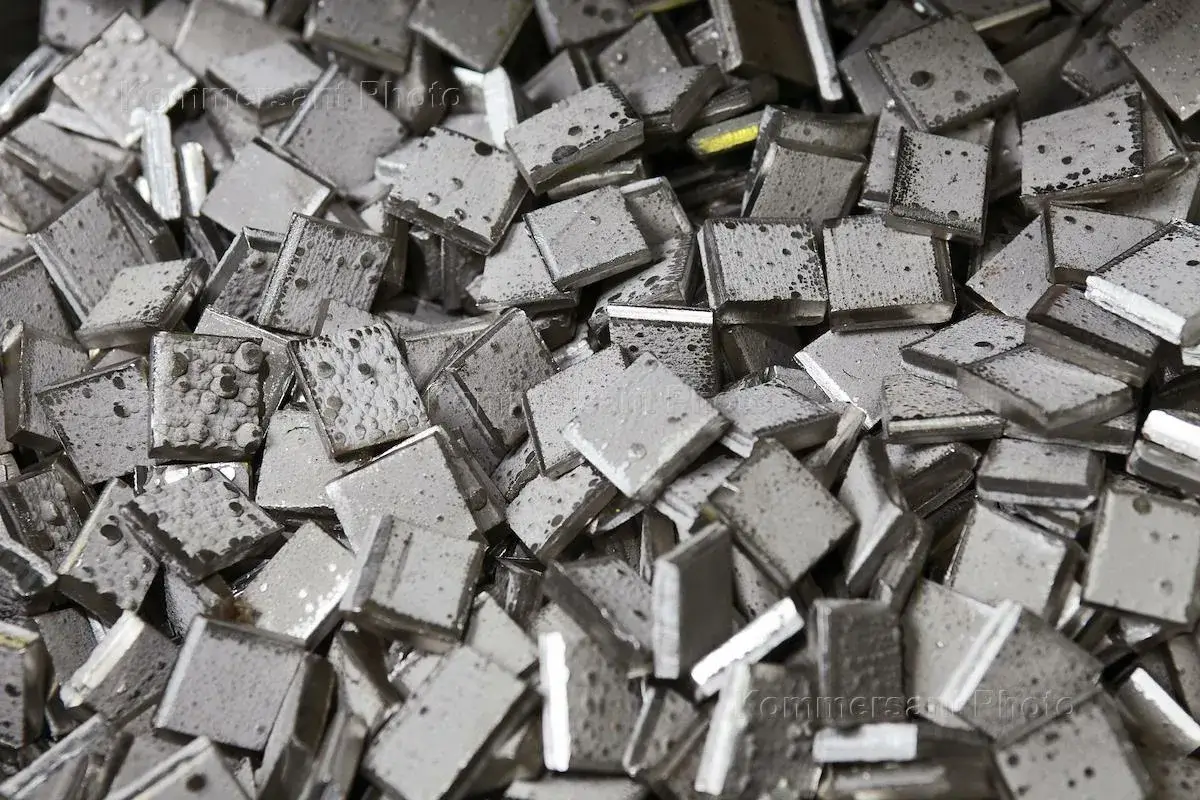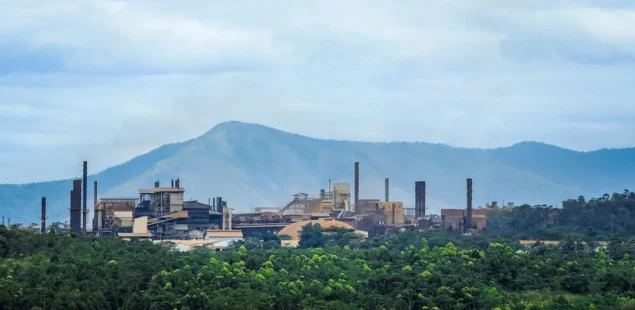
Nickel producers are bracing for a challenging year in 2025 as the global market remains oversupplied, pushing prices downward. Analysts point to Indonesia’s rapidly growing nickel industry as a key factor disrupting global supply and contributing to the price slump. However, the world’s largest nickel producer has announced plans to cut production by nearly 40%, a move that could significantly tighten supply.
The London Metal Exchange (LME) reported nickel prices at $15,415 per metric ton on December 30, reflecting a 7.2% year-over-year drop and a 28.7% fall from May’s peak of $21,615. Despite increasing global demand, oversupply from top producers like Indonesia and China continues to weigh on prices. S&P Global Commodity Insights forecasts the global nickel surplus to decrease from 103,000 metric tons in 2024 to 87,000 metric tons in 2025, though this surplus remains high enough to suppress prices.
Producers are adjusting to these pressures. Indonesia is exploring supply management measures to stabilize the market. BHP Group has paused its Nickel West operations in Australia, and Anglo American plans to sell two Brazilian nickel mines. Wood Mackenzie’s Adrian Gardner warned that more temporary mine closures could occur if prices fall below production costs.
Indonesia, accounting for over 56% of global nickel output in 2024, plans to cut nickel mining quotas by nearly 40% in 2025. This could lower production from 272 million tons to 150 million tons, potentially reducing global supply by over a third and lifting prices. The 2020 ban on raw ore exports has driven Chinese investment in Indonesian processing facilities, turning laterite ore into ferronickel for stainless steel production.
Despite Indonesia’s dominance, the market still struggles with oversupply, compounded by softer demand in stainless steel and battery sectors. Supply constraints in Indonesia have already led to record nickel ore imports from the Philippines, the world’s second-largest producer.
Nickel demand from the battery sector faces challenges as the electric vehicle (EV) market shifts toward nickel-free lithium-iron-phosphate (LFP) batteries. The rising popularity of plug-in hybrid EVs, primarily produced by Chinese companies, further reduces demand for nickel-intensive batteries. LFP batteries offer lower costs and environmental benefits, even gaining traction in Indonesia.
U.S. policy changes could also impact demand. Analysts warn that a rollback of the $7,500 federal EV tax credit under the Inflation Reduction Act could slow the U.S. energy transition, reducing nickel demand. Indonesia’s growing partnerships with China aim to stabilize supply chains and expand collaboration in EVs and battery technologies.
Despite current pressures, some analysts remain optimistic. Wood Mackenzie’s Adrian Gardner forecasts a 10%-12% rise in primary nickel demand in 2025, nearly double the growth rate of production. S&P Global Commodity Insights projects a global surplus of 39,000 metric tons by 2028, partly due to reduced demand in the EU’s EV battery sector.
Companies like Alaska Energy Metals Corporation (AEMC) are working to enhance U.S. nickel independence through projects like the Nikolai project in Alaska, which holds significant nickel, copper, cobalt, and platinum group metal reserves.
Balancing supply and demand, evolving battery technology, and policy decisions will be critical in shaping the nickel market in 2025. The coming year is expected to test producers’ resilience and the effectiveness of regulatory interventions.



